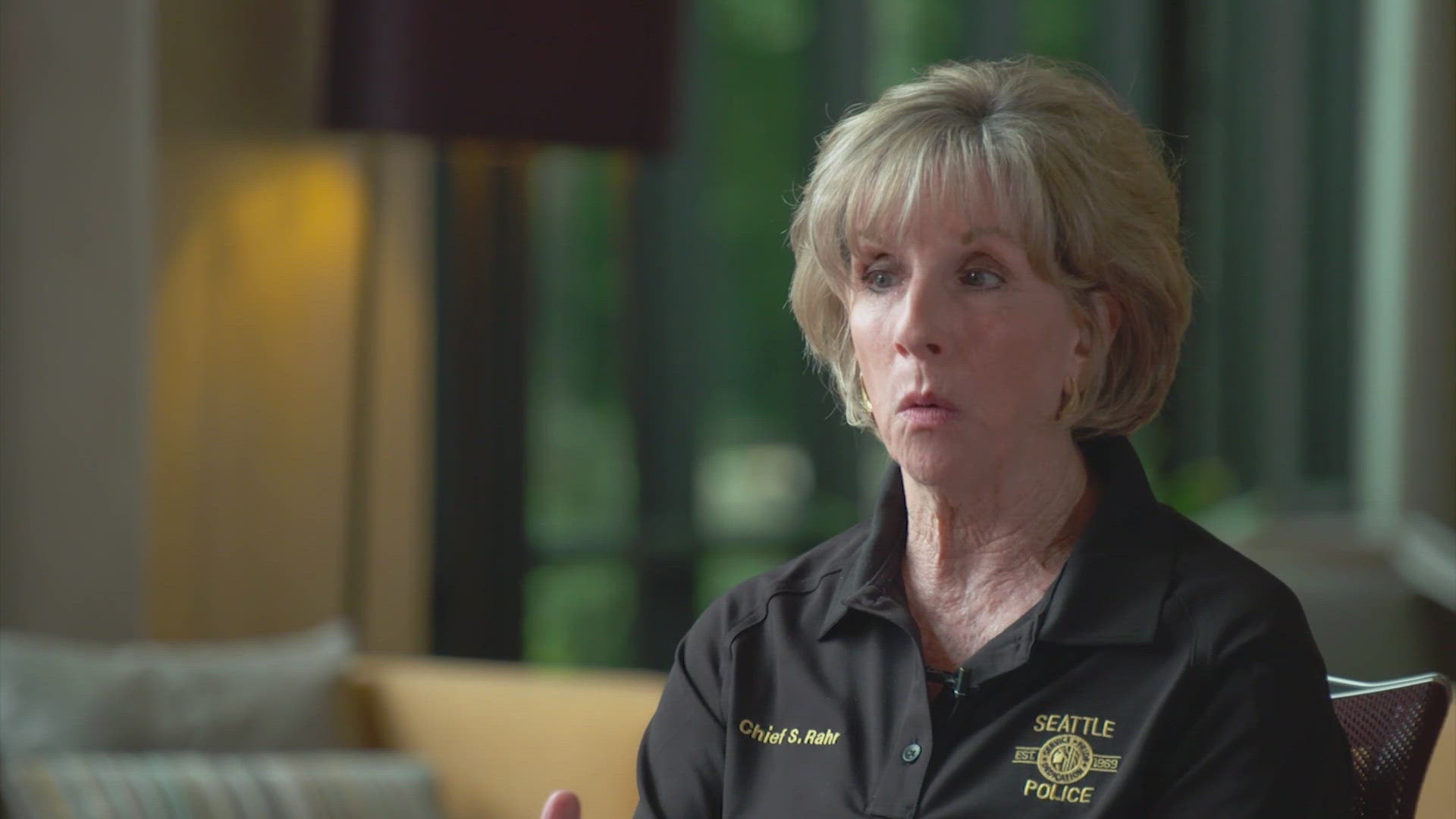Perhaps you have lived through a major hurricane in the past. Perhaps you stayed put and nothing happened to you. Perhaps, if you are in the path of another hurricane, that has emboldened you to tempt fate and stay put again even as emergency officials tell you to evacuate.
The National Weather Service, on its website, listed the following as five common misconceptions people have about hurricanes after they already experienced one first-hand.
“I live outside of the cone, so I am safe from feeling the effects.”
The cone has nothing to do with impacts, only the average track error of the past five years. 2017’s Irma (a Category 4) went up Florida’s west coast, but its wind field grew in size and pushed storm surge onto Florida’s east coast.
“It’s never flooded here before.”
It’s not easy to picture 60 inches of rain, but it was one of the biggest stories of Harvey. There’s no historical record of that amount, so it’s difficult to imagine what it will do.
“I got hit last year and it was a one hundred year storm, so I’m in good shape for the next one hundred years.”
All a hundred year storm means is that you have a one percent chance of it happening to you every single year. That’s the same as a 25 percent chance of flooding in a typical 30-year mortgage. You can get hit in back to back years or even in the same year.
“A very slight wiggle in the track doesn't matter.”
That could be true over the middle of the ocean, but not for land. Hurricane Irma proved that. Its wiggle of 30 miles along Florida southwest coast meant the difference between getting only a few feet of storm surge versus 9 feet. (See image of actual track vs. forecast track)


“We went through a Cat 4 and nothing bad happened.”
Many people in Key West will tell you Irma was a Cat 4 there. The reality is they only got Cat 1 winds. You had to go 20 to 30 miles away to find the Cat 4 winds. The reality is that you’ve got to understand exactly what you went through and that you may not have seen the strongest part of that storm.




